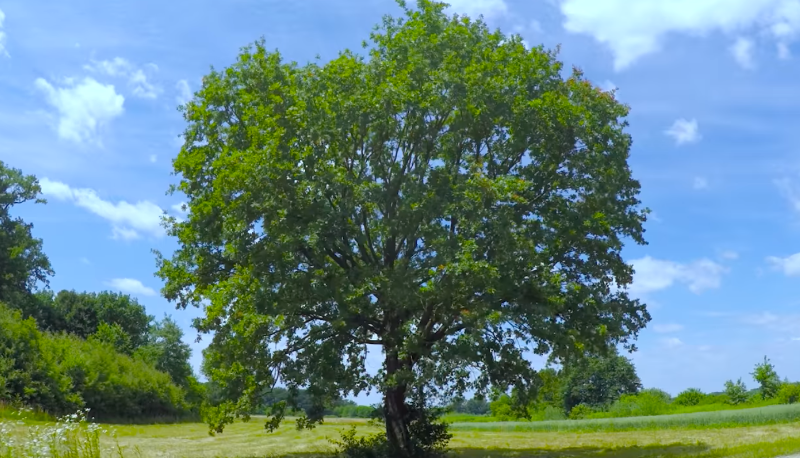Teach This Poem, though developed with a classroom in mind, can be easily adapted for remote learning, hybrid learning models, or in-person classes. Please see our suggestions for how to adapt this lesson for remote or blended learning. We have also noted suggestions when applicable and will continue to add to these suggestions online.

Watch this video of the seasons changing.
The following activities and questions are designed to help your students use their noticing skills to move through the poem and develop their thinking skills so they understand its meaning with confidence, using what they’ve noticed as evidence for their interpretations. Read more about the framework upon which these activities are based.
-
Warm-up: (pair-share) Solace can be defined as comfort in times of stress or sadness. Who or what brings you solace? Why? Join with a partner or small group and share.
-
Before Reading the Poem: Watch this video of the seasons changing. What do you notice about the landscape? Why?
-
Reading the Poem: Silently read the poem “Solace” by Clarissa Scott Delany. What do you notice about the poem? Note any words or phrases that stand out to you, or any questions you might have.
-
Listening to the Poem: Enlist two volunteers and listen as the poem is read aloud twice, and write down any additional words and phrases that stand out to you.
-
Small Group Discussion: Share what you noticed about the poem with a small group of students. How do the resources from the beginning of class connect to your reading and understanding of the poem? At the beginning of class, you shared who/what is a solace to you. How does that connect to the poem and its title? What is a solace to the speaker? Why?
-
Whole Class Discussion: What do you think of the landscape of the poem? How might you define the speaker and these lines: “My life is fevered / And a restlessness at times / An agony—again a vague / And baffling discontent / Possesses me.”
-
Extension for Grades 7-8: Clarissa Scott Delany was a poet of the Harlem Renaissance. In honor of Black History Month, learn more about the Harlem Renaissance. Choose a poet to read and learn more about this month. Celebrate the poet by creating a short presentation about their life, their accomplishments, and your favorite poems.
-
Extension for Grades 9-12: Read the article “Double-Bind: Three Women of the Harlem Renaissance.” Then, work with a partner or small group to learn more about women in the Harlem Renaissance. Create a class anthology that celebrates the Harlem Renaissance poets.
“When considering essential movements in American poetry, no conversation would be complete without a discussion of the Harlem Renaissance. With a lyricism seated in the popular blues and jazz music of the time, an awareness of Black life in America, its assertion of an independent African American identity, and its innovation in form and structure, the poetry of the Harlem Renaissance is unmistakable.” Read more from the essay, “A Brief Guide to the Harlem Renaissance.”
Nature poetry: poetry that engages with, describes, or considers the natural world. Read more.
